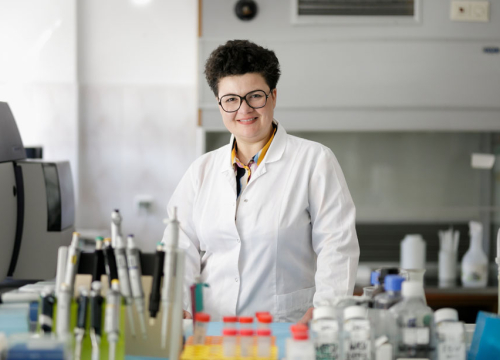Understanding the hepatitis C virus

The high genetic variability of HCV is caused by the rapid and inaccurate replication of the virus. It promotes pathogen adaptation, in particular, the avoidance of an immune response. The acquired immune response associated with T cell activity plays a very important role in the fight against the infection. Approximately 20-50% of those infected, due to the strong response of these cells, spontaneously eliminate the virus. The opposite is true in hepatitis C, where a weak T cell response against HCV has been shown to occur, associated with "depletion" of their function. Deterioration is observed in: secretion of inflammatory factors, ability to destroy infected cells, and ability to proliferate T cells after virus recognition. These disorders, caused by chronic stimulation of the immune system, progress with the duration of infection and are characterized by an excess of "inhibitory" receptors, including PD-1 and Tim-3 on the surface of T cells, including HCV-specific receptors that "inhibit" the function of these cells. Moreover, there is an increased secretion of anti-inflammatory cytokines (mainly IL-10), which also attenuate the antiviral response.
Project, directed within the SONATA competition of the National Science Center, aimed at investigating if there is a relationship between T cell "exhaustion" and the variability of HCV protein fragments recognized by T cells, and at verifying if modern treatment of hepatitis C influences the "renewal" of T cell immune response. The development of modern laboratory techniques (next-generation sequencing, multiparametric flow cytometry) creates new opportunities for in-depth studies of the variation characteristics of viruses and the immune system. The relationship between the variability of HCV proteins recognized by T cells and the immune functions of these cells and the reversibility of T cell "exhaustion" are poorly understood but probably extremely important phenomena responsible for the course of infection. A better understanding of them may have important cognitive implications. In the long term, it may contribute to the development of better treatment programs and a vaccine to reduce the burden of infection, such as hospitalizations, treatment side effects and mortality rates.
During the course of the project, it was discovered that there was a strong correlation between the percentage of T cells with PD-1/Tim-3 receptor expression and the sequence of HCV protein fragments recognized by T cells and their level of variation. This was evident not only at the level of total T cells but also at the level of virus-specific T cells, possibly negatively affecting immunity against HCV. Interestingly, the type of relationship observed appears to depend on the sequence context of the studied protein fragment. This suggests that the analysis of T-cell "depletion" requires an assessment of the context of viral sequence variation.
The results also showed that effective therapy for chronic HCV infection reduced the percentage of T cells expressing inhibitory receptors and reduced the plasma IL-10 levels to values close to those observed in healthy people, but these changes were most pronounced in patients with less severe liver disease (i.e., no or minimal liver fibrosis). The treatment decreased the percentages of virus-specific CD8 + T cells but had little effect on the expression of inhibitory receptors by these cells. This suggests that long-term HCV infection causes irreversible changes in these cells.
The above results were recognized for their innovation and published in the prestigious scientific journals, including Frontiers in Immunology and Scientific Reports.